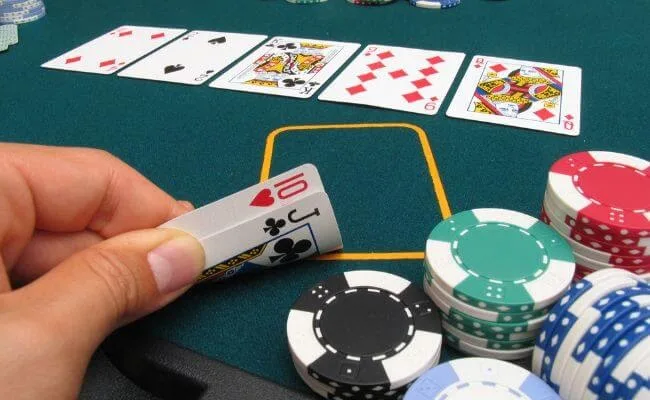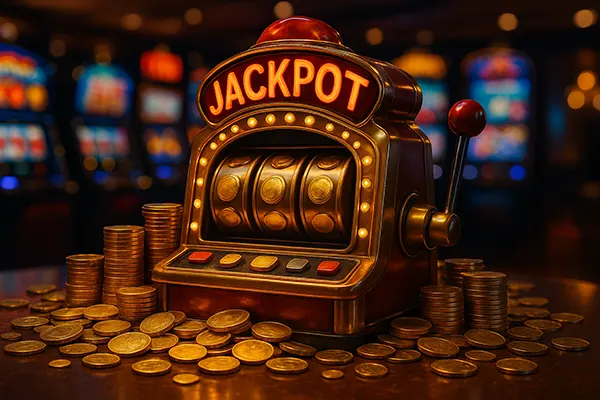
Learn Draw Poker: Strategies, Rules, and Tournament Play
Draw Poker is a classic variant of poker that has stood the test of time, maintaining its popularity both in traditional and online formats. Originating in the early 19th century, this game became particularly popular during the American Civil War, where it was a favorite among soldiers. Over the years, Draw Poker has evolved, but the core elements of the game remain unchanged. Players are dealt a complete hand before the first round of betting, with the opportunity to exchange cards to improve their hand, making it a game of strategy and skill.
The game gained widespread popularity during the late 1800s, especially in the United States, where it was often played in saloons and on riverboats. With the advent of online gambling, Draw Poker has seen a resurgence, attracting both new players and seasoned professionals. Its blend of strategy, bluffing, and pure chance continues to captivate poker enthusiasts around the world.
What Are the Rules of Draw Poker?
Draw Poker is typically played with a standard 52-card deck. Each player is dealt five cards, and a round of betting ensues. After the first betting round, players have the option to discard and replace any number of cards from their hand, with the aim of improving their hand. Another round of betting follows the draw, and then the remaining players reveal their hands. The player with the best hand according to the traditional poker hand rankings wins the pot.
The simplicity of the rules makes Draw Poker accessible to beginners, but mastering the game requires a deep understanding of poker strategy. Key elements include knowing when to hold or discard cards and accurately reading the intentions of other players. Bluffing can be particularly effective in Draw Poker, as opponents have limited information about the other players’ hands.
Advice for Beginners in Draw Poker
For those new to Draw Poker, it’s crucial to start with the basics and gradually develop your skills. One of the first pieces of advice is to familiarise yourself with the hand rankings. Understanding what constitutes a strong hand in Draw Poker will help you make better decisions during the game.
Another tip is to practice patience. Draw Poker is a game where restraint often pays off. Don’t feel pressured to bet on every hand; sometimes, the best move is to fold and wait for a better opportunity. This conservative approach can prevent unnecessary losses, especially when you are still learning the nuances of the game.
Lastly, focus on reading your opponents. While this skill takes time to develop, it’s essential in poker. Pay attention to betting patterns and any behavioural cues that might indicate whether a player has a strong or weak hand. Over time, this ability will become a key component of your strategy.

Advanced Strategies and Tactics in Draw Poker
As you gain experience, integrating advanced strategies into your gameplay will enhance your effectiveness. One such strategy is the concept of selective aggression. In Draw Poker, knowing when to be aggressive with your bets can put pressure on your opponents, forcing them into making mistakes. However, this approach should be used sparingly and only when you have a strong read on the situation.
Another advanced tactic is bluffing with purpose. Bluffing is an inherent part of poker, and in Draw Poker, it can be particularly potent due to the limited information available to opponents. Successful bluffing requires a deep understanding of your opponents and the ability to maintain composure under pressure. Remember, the goal is to make your opponents believe that you have a stronger hand than you actually do.
Lastly, managing your bankroll is crucial for long-term success. Draw Poker, like all forms of gambling, can be unpredictable, so it’s important to set limits and stick to them. This not only protects you from significant losses but also ensures that you can continue playing and improving over time.
Are There Tournaments for Draw Poker?
Yes, Draw Poker tournaments are held both online and in physical casinos, attracting players from all skill levels. These tournaments follow a similar structure to other poker tournaments, with players competing against each other to win the top prize. The buy-in amounts and prize pools can vary significantly, making it possible for players of all budgets to participate.
In a typical Draw Poker tournament, players start with a set number of chips and play until one player has accumulated all the chips. The tournament progresses through several rounds, with the blinds increasing at regular intervals to speed up the game. As players are eliminated, the remaining participants continue to battle it out until a winner is crowned.
Draw Poker tournaments offer a unique challenge compared to other poker variants, as the game’s structure encourages strategic play and patience. If you’re looking to test your skills in a competitive environment, participating in a tournament is an excellent way to do so.
Similar articles
-
 Optimal Bet Size for a Long Sess...
Optimal Bet Size for a Long Sess...Long casino sessions are rarely lost because of one “bad beat”. More often, …
-
 Why Card Counting Appears More E...
Why Card Counting Appears More E...Card counting has long been associated with an image of control, logic, and …
-
 Progressive Jackpots Explained: ...
Progressive Jackpots Explained: ...Progressive jackpots remain one of the most dynamic features in modern gambling. These …
-
 Casino Game Design: Why Specific...
Casino Game Design: Why Specific...The modern approach to casino game design is built on psychology, visual communication, …
